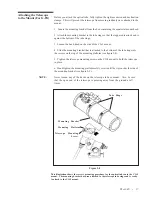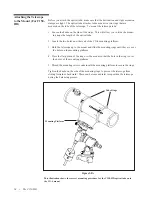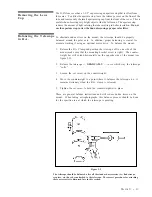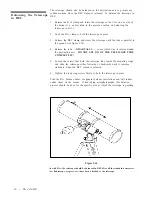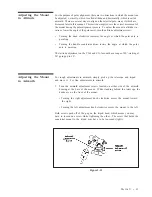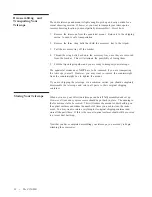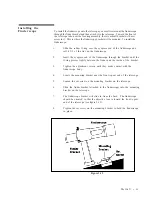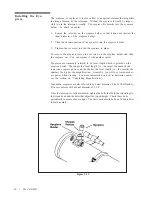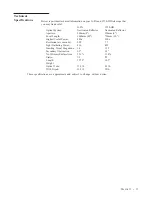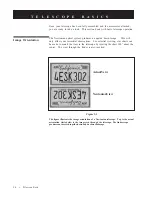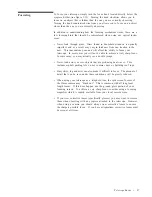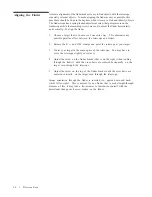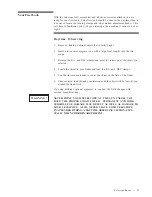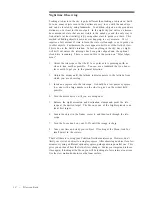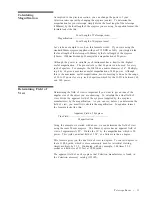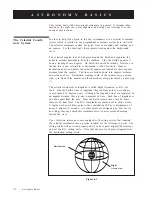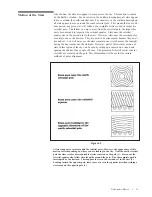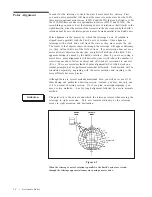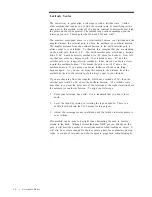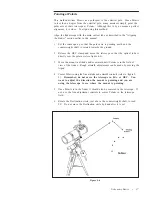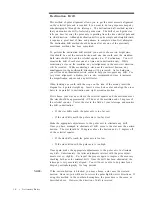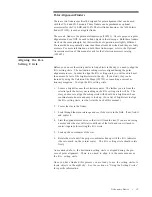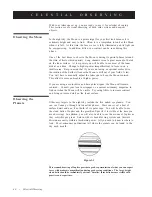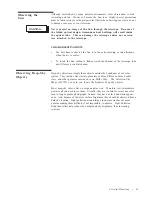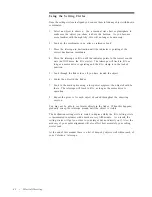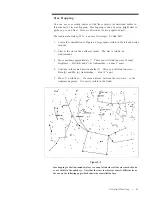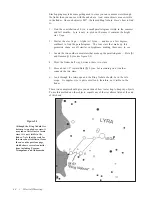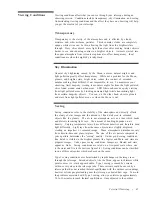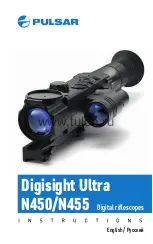
30 • Telescope Basic
Nighttime Observing
Looking at objects in the sky is quite different than looking at objects on Earth.
For one, many objects seen in the daytime are easy to see with the naked eye
and can be located by using landmarks. In addition, objects on the ground are
stationary, or at least for the most part. In the night sky you will see a tremen-
dous amount of stars that are not visible to the naked eye and the only way to
find objects (at least initially) is by using other stars to guide you there. This
method of finding objects, known as star hopping, is very accurate. Yet it
requires a fair amount of time to learn the stars well enough so as to guide you
to other objects. Furthermore, the stars appear to drift out of the field of view.
This is due to the Earth
’
s rotation. In fact, anything in the sky, day or night,
will drift out unless the telescope has been polar aligned and the optional
clock drive is running. There is more on this in the section on
“
Polar Align-
ment.
”
1.
Orient the telescope so that the R.A. or polar axis is pointing north, as
close to true north as possible. You can use a landmark that you know
faces north to get you in the general direction.
2.
Adjust the mount until the latitude indicator points to the latitude from
which you are observing.
3.
Insert an eyepiece into the telescope. It should be a low power eyepiece
(i.e., one with a large number on the side) to give you the widest field
possible.
4.
Turn the motor drive on (if you are using one).
5.
Release the right ascension and declination clamps and point the tele-
scope at the desired target. The Moon or one of the brighter planets is an
ideal first target.
6.
Locate the object in the finder, center it, and then look through the tele-
scope.
7.
Turn the focus knob on your G-8N until the image is sharp.
8.
Take your time and study your subject. If looking at the Moon, look for
small detail in the craters.
That
’
s all there is to using your Celestron Newtonian telescope. However, don
’
t
limit your view of an object to a single eyepiece. After observing an object for a few
minutes, try using a different optional eyepiece, perhaps a more powerful one. This
gives you an idea of how the field of view changes. Center your target and refocus.
Once again, if looking at the Moon you will be looking at a few craters at one time.
Use the slow motion knobs to scan the lunar surface.


